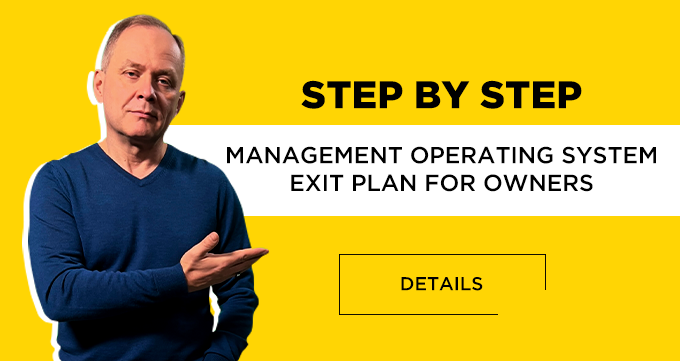How a New Business Model and a Systemic Approach Increased an Auto Business's Revenue Fivefold
For many companies, growth eventually gives way to a worrying stagnation. This is precisely the point where the Kazakhstani company Zakaz Auto Group found itself. The company had been successfully developing in the fields of car service and spare parts sales since 2008, but by 2016, its familiar momentum had dried up.
Every attempt by owner Vitaliy Gnedkov to focus on strategy inevitably failed. The moment he turned his attention away, internal processes would begin to unravel, and he would have to fix everything manually.
“My partner and I didn’t understand why what worked yesterday was faltering today,” Vitaliy recalls.
A Prisoner of His Own Business
The search for a way out of this operational deadlock led the team to Business Booster. What started as just another course quickly transformed into a profound change. The main difference in the approach was its uncompromising practicality. You couldn't just study the theory and put it aside for a better time. Each completed module required immediate implementation, reporting, and employee training.
This pace forced the team to follow through on what they started, and the final module on financial planning immediately became a key working tool, which allowed them to calmly navigate the turbulent year of 2020 without emergency layoffs.
From Repairs to Sales, From Chaos to System
The most significant change occurred in the very logic of management. The owner's role as the main "fixer" of all problems gave way to a well-structured system with clear processes and distinct control points. The company shifted to a conveyor-belt operation model, enhancing it with deep IT automation. Now, once a process was set up, it began to work stably without requiring constant owner intervention. This freed up the most valuable resources—time and attention—for strategic moves.
The company's internal stability allowed for a bold shift in the business model itself. Initially, car service generated about 70% of the company's revenue. This is a useful direction, but it is inherently difficult to scale.
As order was established, the team gradually shifted its focus to online sales of spare parts, and today, this area generates about 90% of the revenue.
Zakaz Auto Group organizes direct deliveries from China and Korea, making spare parts accessible to customers throughout the CIS without unnecessary intermediaries. The repeatable operations, transparent metrics, and automation gave the business the predictability it had so desperately lacked before.
The Numbers and the New Reality
The fruits of this transformation were stunning:
- The company's revenue grew from 600-700 million tenge to more than 3 billion. “Revenue grew fivefold, while the team was reduced by forty people,” Vitaliy Gnedkov summarizes.
- Managing a business that had become many times larger became significantly easier. The staff was optimized from approximately 100 to 60 people, and efficiency and profit increased manifold.
What Makes This Case So Illustrative
Zakaz Auto Group's success stands on three pillars: iron discipline in implementation, a shift to automated processes, and financial clarity. This company's story demonstrates that an owner’s job is not to endlessly fix what's broken but to build something that doesn't break. When a system is at the core of a business, the dependence on manual management disappears, and scaling transforms from a dream into a manageable, working process.
If you are also aiming to build a systemic business and get out of day-to-day operations, register for the updated online practicum "Business Operating Systems" via the link: https://go.bbooster.online/3fch

